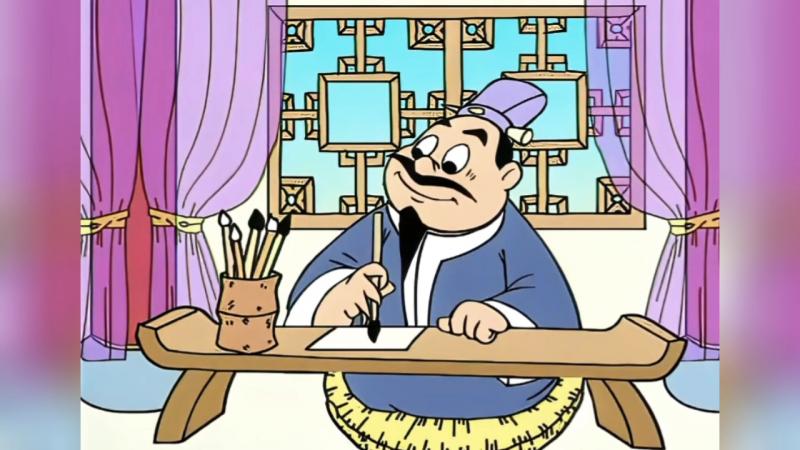
We often use “less than above, more than below” to describe a person who can’t catch up with the front, but surpasses the back, so do you know what the initial comparison of “less than the top, more than the bottom” is compared?
The allusion of “less than the top, more than the bottom” comes from Zhao Qi’s “Three Auxiliaries Decision” in the Han Dynasty: “The upper is less than Cui Du, and the lower is more than Luo Zhao.” ”
Zhang Zhi, a famous calligrapher in the Eastern Han Dynasty, was best at cursive calligraphy, and was called “Grass Saint” by people at the time. Zhang Zhi’s calligraphy is exquisite, he is good at running script and clerical script, but his best is cursive script, some people say that his calligraphy is all one stroke to the end, continuous, and the qi and veins are connected, like surprisesnakeHumans and grasses, flyingbirdinto the forest, so the ancients called it “a stroke of flying white”.
Du Bozhi and Cui Ziyu were both famous calligraphers at that time, as well as Zhao Xi and Luo Hun, two calligraphers who often boasted of being good at cursive. Whenever others praise Zhang Zhi, Zhang Zhi often said that he was not enough than Cui Du and more than Luo Zhao.
Later, people simplified Zhang Zhi’s words to “less than above, more than below.” Nowadays, people often comfort themselves, sayinglifeOr the grades are in the middle, not the best or the worst.
Therefore, “less than above, more than below” was originally compared to calligraphy.
